PROTECT YOUR DNA WITH QUANTUM TECHNOLOGY
Orgo-Life the new way to the future Advertising by Adpathwayby Alex Hague
The Backstory
I love card games. I grew up in the Euchre Belt of the Midwest, and some of my earliest memories are of my grandparents hosting friends, playing cards, and listening to jazz. From elementary to high school, downtime meant playing cards with friends.
But decades later, when I started my own game studio, CMYK, I had honestly drifted away from playing cards and into board games. That's probably a pretty standard arc for people on BoardGameGeek.
Card games came back into my life a few years ago. I was lucky enough to revive my friendship with one of my oldest, best friends. He and I shared a love of card games growing up, but between then and now, [user=xitoliv]James Nathan Spencer[/user] somehow became one of the world's most passionate card game tastemakers, the kind of person you sit down with at a convention and play a dozen fantastic Japanese prototypes.
So when JN joined CMYK, it was a no-brainer to start a card game line with him. (Also it would've been professional malpractice not to give him space to curate a series of card games.)
The Challenge
Here's a controversial statement: Card games are good! They're these tiny universes of luck, skill, breeziness, and drama. You don't need to be hunched over a rulebook for hours to learn them. Card games are for everybody.
But because they're so easy and breezy, it's hard to make people care about them. It's like publishing a novella or a short film — there's something about the format itself that repels HYPE.
Inside the hobby, they're literally called "filler". The day I'm writing this, card games make up around 10% of the BGG hotness, and the only card games ranked in the BGG top 100 are two versions of The Crew at 43 and 87 — which is a bit of a paradox since card games are all over the most played games list each month.
Looking outside the hobby, it's worse: most people don't even know new card games exist besides mass-market stuff like Exploding Kittens, Skyjo, and Monopoly Deal.
So how do we break through the noise of everything else you could do on a random weeknight, and instead have friends over to play cards?
Here was our best guess:
1. Publish the best modern card games (easy?)
2. Present them in a way that feels incredible to own and play
For #1, we spent a year playing everything from Scout to Sticheln to obscure prototypes to get a sense of the kinds of games we thought should be elevated to a modern classic and made more visible to people outside the hobby. For the launch, we chose four that were both undeniable and an incredible cross section of what card games can be:
• Fives, by Taiki Shinzawa (formerly known as The Green Fivura)
• Duos, by Johannes Schmidauer-König (fka Team Play)
• Figment, by Wolfgang Warsch (fka Illusion)
• Fruit Fight, by Reiner Knizia (fka No Mercy)
The rest of this design diary is going to focus on #2 as it's my main role on the Magenta game line. What's more, since most design diaries focus on the former, it might be interesting to cover this other part in depth instead.
On the Shelf
Early into our research process, my CMYK co-founder Justin Vickers asked a really obvious question: "Why do my books look so much better on the shelf than my games?"
Books just look so effortless on a shelf, and I don't think it's just because of their cultural context. There's something about the physical footprint of a book itself. They're vertical and uniform. They create interesting shapes and patterns of color and size when lined up. They fill gaps perfectly. They have beautiful cover and spine designs, with interesting type and color. They have rhythm.
That's why books have pride of place in most people's homes. They're beautiful physical artifacts that also tell you a lot about the person who lives there.
What about games make them look awkward on a shelf? I think it's because they lack most of the book-y properties above. Game boxes are less at home vertically; boxes always seem to be at risk of separating and spilling out their contents. Card games in particular are often too thin to even stand up on their own. Games are also extremely un-uniform in size, creating weird shapes and unfillable gaps.
And frankly, a lot of the games I own have pretty corny and ugly packaging. Game publishers have the tendency to try to do a LOT with the box side — there's art, there's a title, there's critical info, there's a logo, and more! — and you can see in the aggregate how noisy it can be.
When you put a collection of games together, you don't get that nice book rhythm. You get clutter.
You occasionally see efforts to make more unified "bookshelf" game series, but they tend to be cynical and lazy reskins of games:
Not pictured: how crappy these feel in hand
So if our challenge was to make a card game imprint that looked and felt as great as a book collection, we needed to take our cues from truly great packaging from book imprints and collectible series that look incredible on a shelf, collections like Pushkin Press, Criterion Collection, Loeb Classical Library, Fitzcarraldo Editions, NYRB Classics, Warp Records, Vintage Contemporaries, Deutsche Grammophon...
Turning Magenta
The first challenge was finding a design partner that had a track record of making bold, colorful packaging that looked equally great on a shelf as it does at the table — with bonus points if they had done this with tricky form factors, like games or other non book-y objects. We chatted with some fantastic agencies, but our clear favorite was SMLXL (formerly Pràctica). I knew them mostly from their packaging for Seth Rogan's weed and pottery (?) company Houseplant.
Working with skilled, thoughtful design collaborators like Javier Arizu, Anna Berbiela, and Guillem Casasús, you go through a lot of phases: research, concept development, implementation, revision, production, and finally oversight.
The name "Magenta" came pretty early in the process. We wanted our card game line to feel like a cool book imprint, like something slightly different than a mainline CMYK game. We clearly had four potential imprint names waiting for us in Cyan, Magenta, Yellow, and Black — and apologies to Cyan, but if we're looking for something to stand out, there's kind of an obvious choice.
There's also something about magenta as a color that felt intuitively right for what we were trying to do. We wanted a line that was welcoming and not too "gamer", playful but not childish, modern and not too nostalgia driven.
Product Level vs. System Level
The research and concept development process for Magenta gave us a chance to tighten up our goals for the line:
• Create an identity and packaging system that's unique, recognizable, aspirational, and scalable for the future.
• Create a system that links all the games, yet gives each one a bold personality of its own.
• Create beautiful, classic games through perfectly executed design.
To take that out of pitch deck presentation speak, Magenta needed to be unmissable as a collection, unique at the individual game level, and have a presentation and experience that was welcoming to everyone.
Making something unified as a collection but unique individually is obviously tricky. A lot of the early decision making was finding the right balance between the product level and the system level, allowing for expressive individual games, while also generating brand recognition without it becoming constraining, expected, and boring. Brand recognition has a bit of a bad name, but to me it's just another way of saying you want people to think, "Hey, I recognize this — all their games are GREAT."
We developed the spectrum below to test where different collections we loved landed from most system-y to most individually product driven:
We knew we didn't want to be on either extreme. Single packaging style like Fitzcarraldo would get boring fast, but also the wackiness of Oink Games didn't feel right for the classic card game night feeling we were trying to evoke. It had to live somewhere in the middle, where you could recognize the system from across the room, but at the table, it would be like a portal opened up and you were entirely in the world of the game. For that, the SNES and Le Puzz packaging systems felt the most right to us, where the brand framed unique art for each title.
How we implemented this idea turned out to serendipitously be the same solution to the "how does it look great on a shelf" question: a slipcase! That way, you could achieve the "hey, these games are great" recognition at a distance, but the game box and contents themselves each live in their own expressive universe. Here's an example of that "reveal" process for an early proof of concept of Duos:
Here's the final result, where you can see how we took the inspirational art and refined it into something much more about "hands" to emphasize the card passing that's core to Duos:
And to see how this concept works across different titles, here's the same open/closed transformation for Figment:
Spread across the entire line, each game box and its contents could then have a completely different identity at the table:
What's Inside
A card game line intuitively feels like it shouldn't ship with much plastic, if any. Lucky for us, we learned a lot about that working on our climate change themed game Daybreak.
Going no plastic has huge challenges. Plastic is such a cheap and easy way to create nice structural packaging in which each little piece has its place in a vac form tray.
Daybreak taught us how to work with paper pulp trays instead. They have almost as much flexibility, but the tradeoff is that they're more expensive to set up and have enormous minimum order quantities. To keep us from getting in over our heads, we brought on an insanely overqualified structural packaging partner, Jonas Lagerstedt. Jonas designed the Square POS stand and inexplicably agreed to slum it by working with us to design card game trays.
Working with Jonas led to us creating a few different tray molds that could work modularly to accommodate any card game we could imagine ever publishing.
Because the molding process is so cost and labor intensive, we needed a system this thorough to fit a wide variety of possible games. We even tested thirty or so published games that we'd potentially include in Magenta if possible, then used those tests to back into the eventual tray system and box size to fit. Thankfully, even accommodating more component heavy card games led to a final package that felt great to hold in one hand.
The components that went into the trays were plastics free as well. Instead of shrink wrap, Magenta's cards have tear-off paper bands to hold them in place:
In lieu of plastic chips, we use compressed paper — something we were delighted to find in some mid-century betting games:
These chips are stored in a full-print paper bag, of course, something we've carried over into other non-Magenta titles like Magical Athlete):
Games that need smaller chips instead get wooden token style ones:
And finally, our how-to-play booklets tuck away in their own little paper pulp sleeve in the top of the box:
Though the packaging had the most complexity, it was the cards themselves that were the biggest challenge. We bought a truly deranged number of playing card decks, then worked for months with our manufacturer, Strom, to dial in on making them feel incredible in hand. We landed on a high-end Japanese paper stock, custom coatings, and the perfect amount of slide-iness. We even landed on a taller card ratio after stumbling on a random Chinese cigarette company promo deck that, inexplicably, felt and shuffled better than anything else we'd ever used.
Here's a king from that set next to a standard poker-sized card:
And in their final Magenta form, in normal and jumbo "tarot" sized:
I wish I had some elegant scientific process to share for how we got the cards to feel the way they do, but honestly it was just months of iterative trial and error. We'd get a new batch, shuffle and play with them, and send notes on what we liked and didn't like until eventually one sample made us all go yep, that's the one.
And finally, to complete the round trip of the packaging and component stories, my favorite little easter egg: the die cut on the slipcase exactly matches each game's card back!
No Penguins
A strong belief we brought into Magenta was that the best card games don't need strong thematic hooks. While board games have many touch points with which you can dial up the level of immersion — components, main board, player board — the thematic space for a card game is pretty thin. And to us, if a card game is good, deep down the theme is "you're playing cards". You don't need to be penguins or pirates or whatever.
Deciding that all of Magenta's games didn't need a theme bought us so much space for bold, expressive color and oversized numbers you can read from across the table.
We honestly didn't expect having a large number on the card to be such an improvement, but the first time we tried it, it just clicked. It's one of those features that's impossible to convey abstractly, but obvious once you've played a single round. There's no lag between a card being played and everyone knowing what its number and suit is.
With this in place, we decided to use a single index number in the corner. The large bottom number required players to play cards in the same orientation, and we wanted to encourage that this would be done consistently around the table. It also provided for a nice moment of organizing your hand, which is something that we came to enjoy as a ritual after each deal.
Of course, some of our games will lean more into theme and art. Our first game implementing theme was Fruit Fight, which swaps out the large number for ridiculous fruit illustrations. Not requiring every game to have a strong theme I think helps us be more intentional and have more fun when we do, so instead of just having fruit corresponding to each number, in Fruit Fight the images are motion blurred since the core hook is that the cards are physically moving around the table.
The Whole Package
To wrap up, here are a few photos that show how this process worked at each level, across the slipcase, box, and components for our first release, Fives:
After just releasing titles #5 and #6 — No Thanks! and I'm Out — that's a wrap for Magenta's first year. We're already deep into designing our next two releases for 2026. One is an out-of-print classic that I hope will genuinely shock people when they see it return. The other is a new design we've been creating in-house with Christian Kudahl that is a holy grail of ours: the perfect casual tableau builder. Both lean a lot harder on art and illustration, and I'm excited to keep expanding the scope of what's possible within Magenta's visual world.
Until then, I hope this design diary shows what a labor of love creating Magenta has been. Probably not every decision exactly matches your taste, but I think great games get made only when studios are trying new things and questioning the conventional wisdom of what a game should be.
Thanks to everyone who has played, supported, and argued with us this year!
Alex Hague


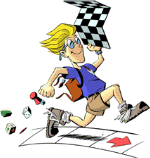 3 days ago
9
3 days ago
9
/pic9167788.jpg)
/pic8757412.png)
/pic9167796.png)
/pic9167797.png)
/pic9167798.jpg)
/pic9167799.jpg)
/pic9167804.jpg)
/pic9167820.png)
/pic9167878.png)
/pic9167879.png)
/pic9167880.png)
/pic9167881.png)
/pic9167884.jpg)
/pic9167885.jpg)
/pic9167890.jpg)
/pic9167891.jpg)
/pic9167892.png)
/pic7068528.png)
/pic9167896.png)
/pic9167897.jpg)
/pic9167906.png)
/pic9167907.jpg)
/pic9167908.jpg)
/pic9167909.jpg)
/pic9167910.jpg)
/pic9167912.png)
/pic9167913.png)
/pic9167914.png)
/pic9167915.jpg)
/pic9167916.png)
/pic9167919.jpg)
/pic9167920.jpg)
/pic9167921.jpg)
/pic9167922.jpg)
/pic5051934.jpg)
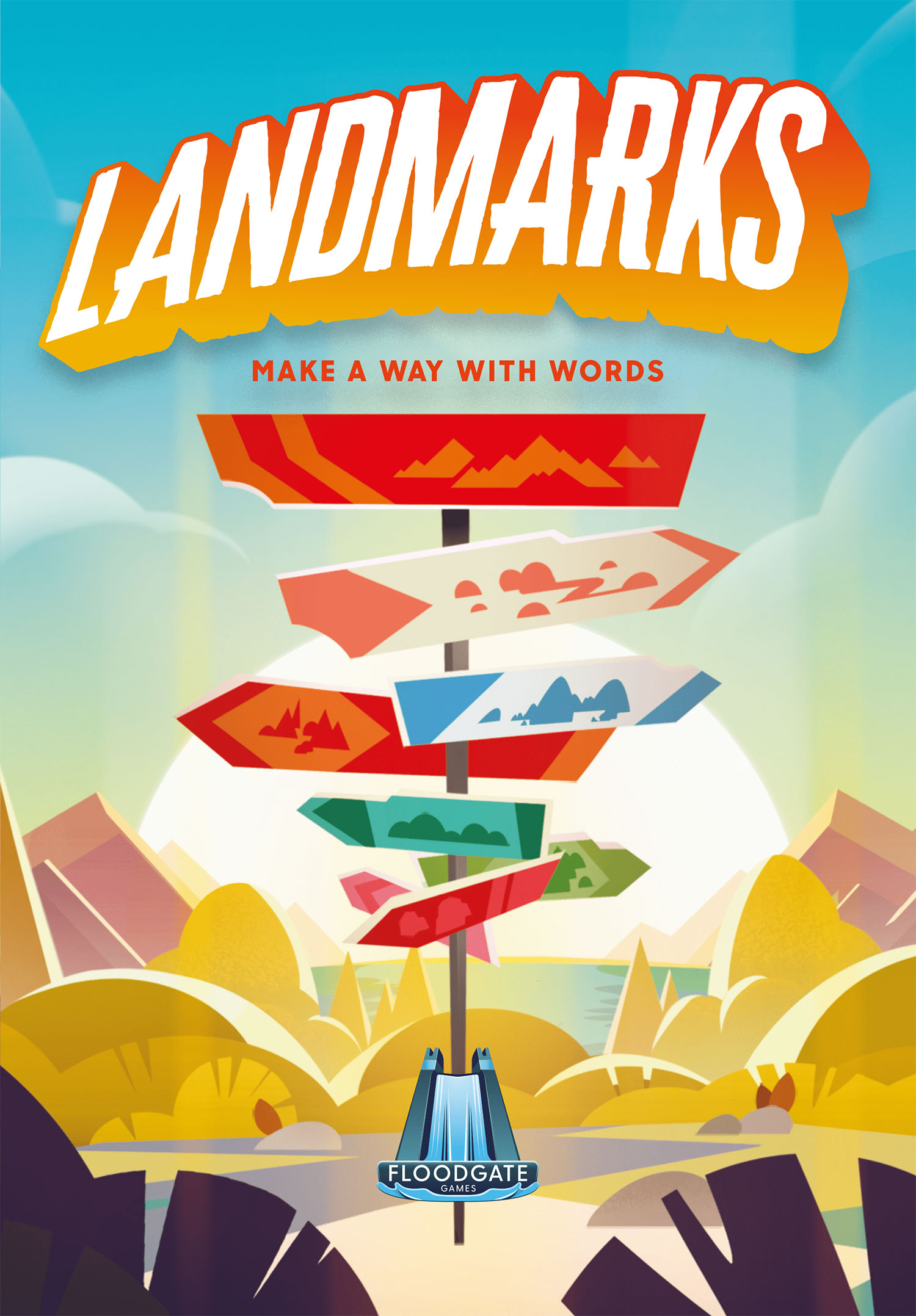

/pic8968542.jpg)
/pic9156909.png)
/pic7571955.png)
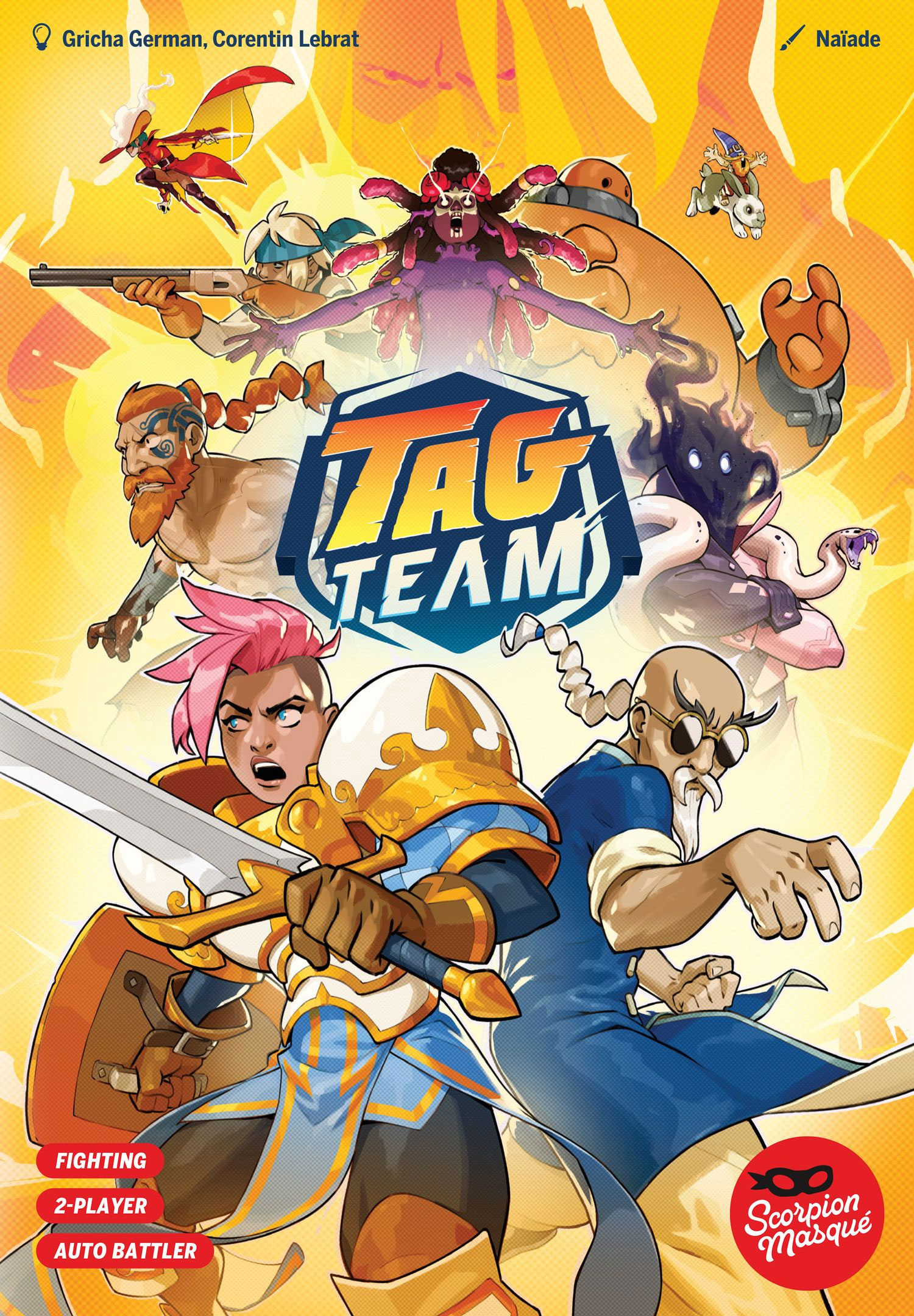

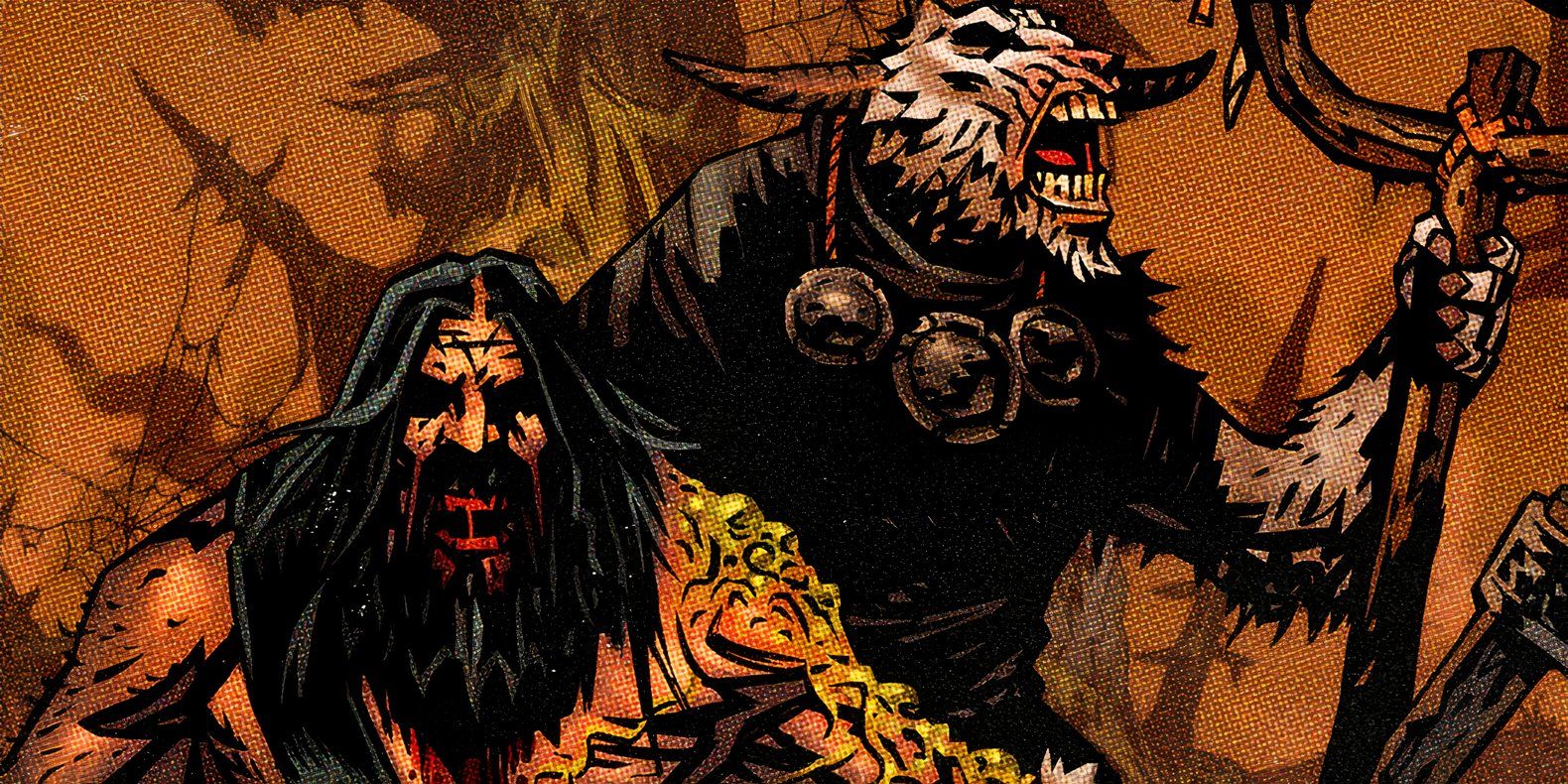

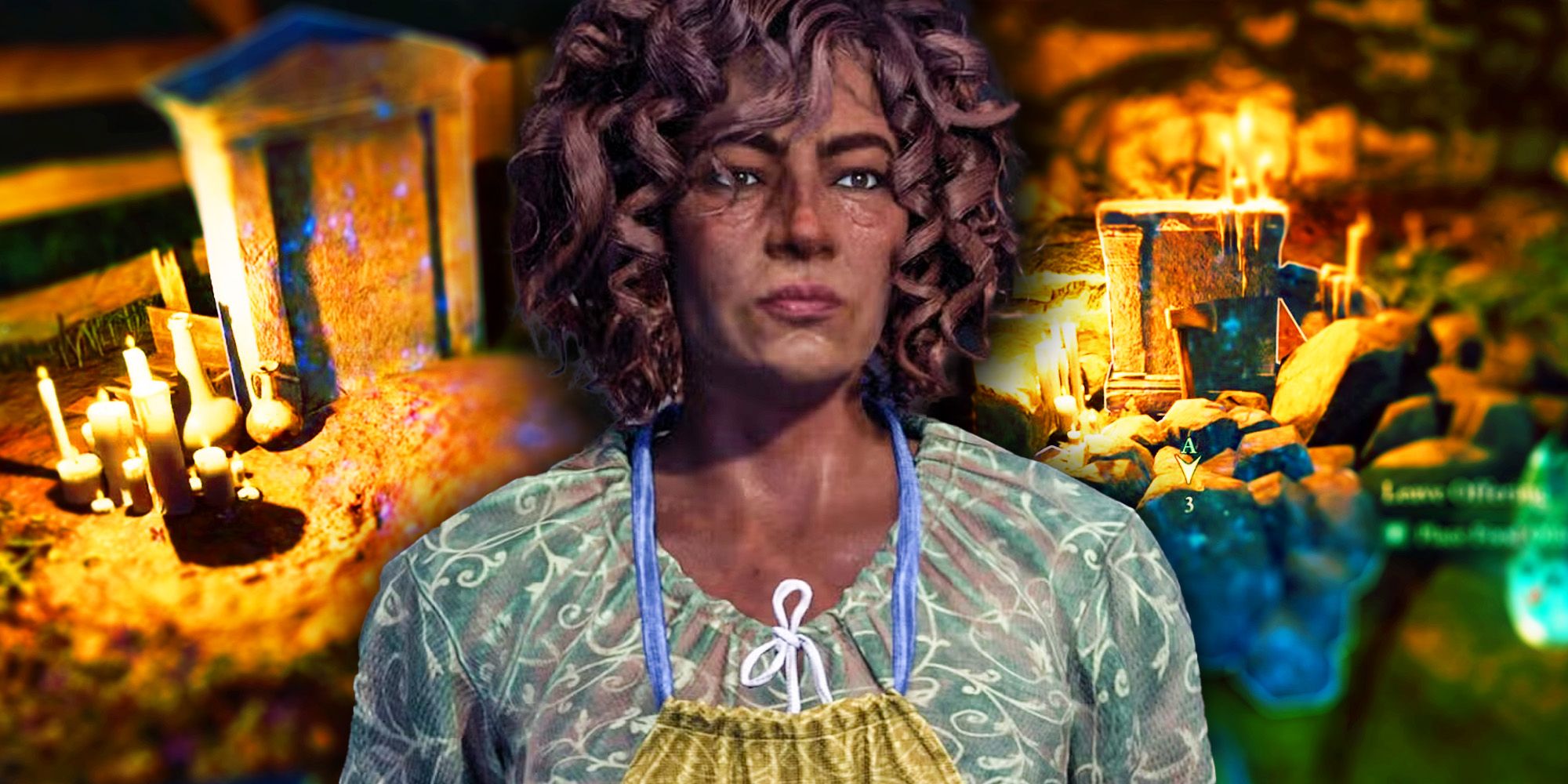






 English (US) ·
English (US) ·  French (CA) ·
French (CA) ·